Discovering the different types of wood as well as their uses can give you the advantage of identifying the best wood for your project. Whether you are planning to come up with something from a certain wood or just want to get a piece of nice wood furniture for the house, the following list may help you finalize your decision about the kind of wood to use. You’ll want to buy something that is most suitable to the setting and preference such as the environment or convenience for painting.
Different Types of Wood
Here are the different types of wood along with their uses:
1. Softwoods
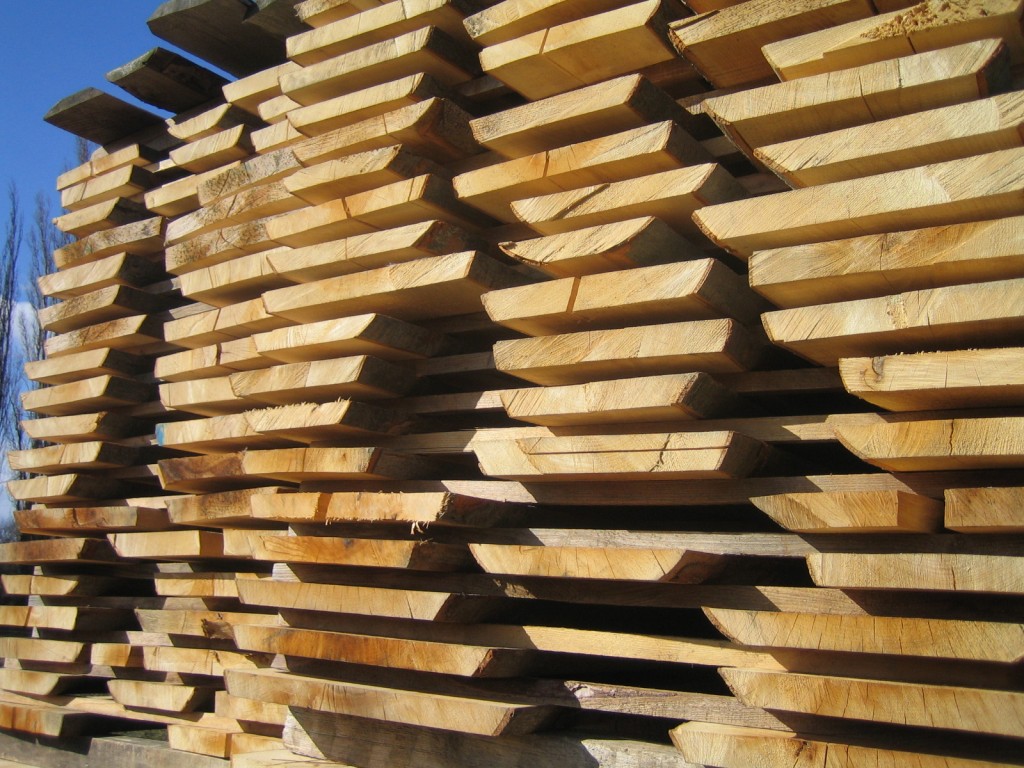
Softwoods are processed through coniferous trees. The manufacturing process of softwoods is called milling. These coniferous trees are trees that generate cones and needles. Ever since softwoods are always contradicted with hardwoods considering their texture. However, this is a common perception that needs correction.
The majority of the hardwoods are indeed difficult to work with because of their firmness. Nevertheless, softwoods must be differentiated from hardwoods according to their morphological formations contrary to their real textures.
Softwoods are mostly used for different home improvement projects. You can find them when framing new structures, remodeling projects, renovating homes, or devise a piece of outdoor furniture.
2. Hardwoods

Contrary to softwoods, hardwoods are made from trees that do not generate cones and needles but rather leaves and seeds. People also call this type of wood deciduous trees. Some examples of hardwoods are walnut, oak, maple, cherry, teak, and mahogany.
As has been said on the first item, it is not fair that we differentiate hardwoods from softwoods based on their strength. Nevertheless, a lot of hardwood trees are characterized as being strong. Moreover, they come with unique grain patterns.
Similar to softwoods, hardwoods are used in different construction projects and even in furniture making. Hardwoods will make a perfect material for a wooden tabletop.
3. Composite or Engineered Woods
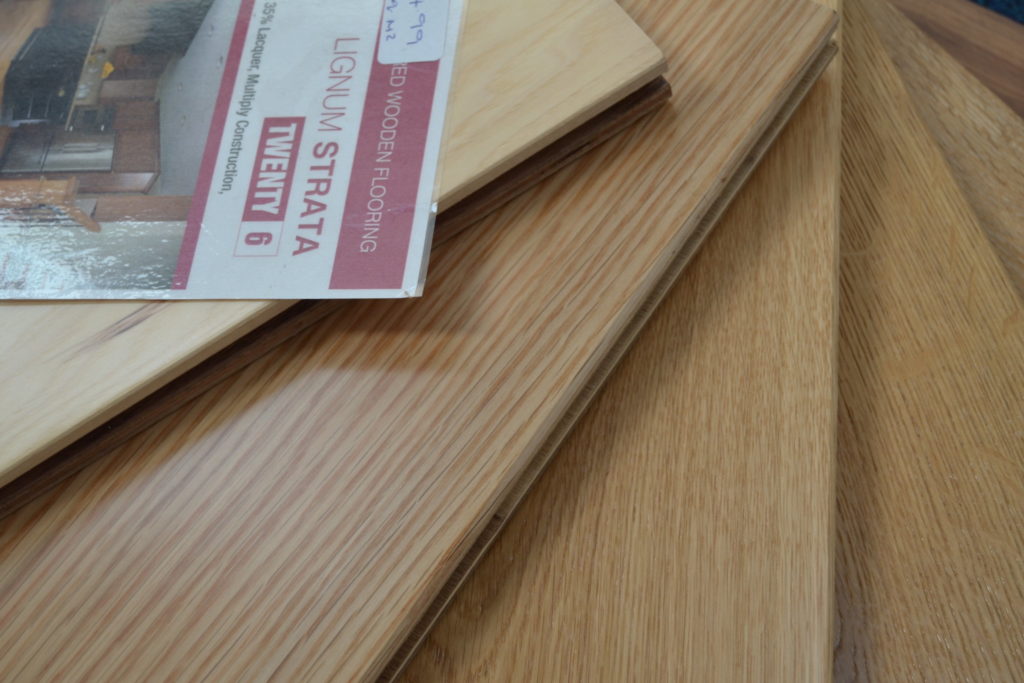
Just as how its name implies, these types of woods are devised for particular purposes. However, different from softwoods and hardwoods, composite woods are not natural. Rather, they are created from the excess woods of sawmills. Rather than throwing them away, these excess woods are processed for recycling and are treated with particular chemical products or simply by utilizing heat.
This treatment method forms the composite woods into the opted sizes and shapes, and for particular usage. The use of these woods can vary based on the treatment level being applied to them. However, composite woods are mostly seen in interior decorations such as the building of cabinets for the kitchen.
4. Balsa Wood
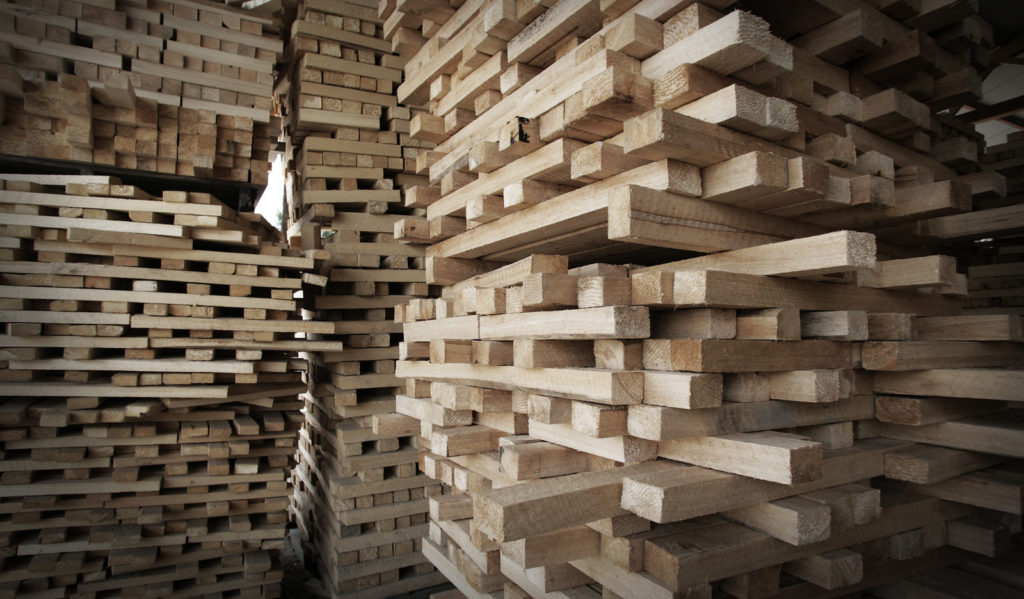
Balsa woods are very notable for their lightweight. Hence, making them best for craft-type works. Because of its lightweight and the convenience of using it, this type of wood is mostly advised for the new woodworkers.
Because of its buoyancy feature, it is used to make surfboards, boats, life preservers, rafts, and other objects that are devised to float. If you decide to use this type of wood for your woodworking project, make sure that you do not set up balsa wood with nails or screws. Considering its sensitive nature, you must be ready with glue in case you need one.
5. SPF Lumber
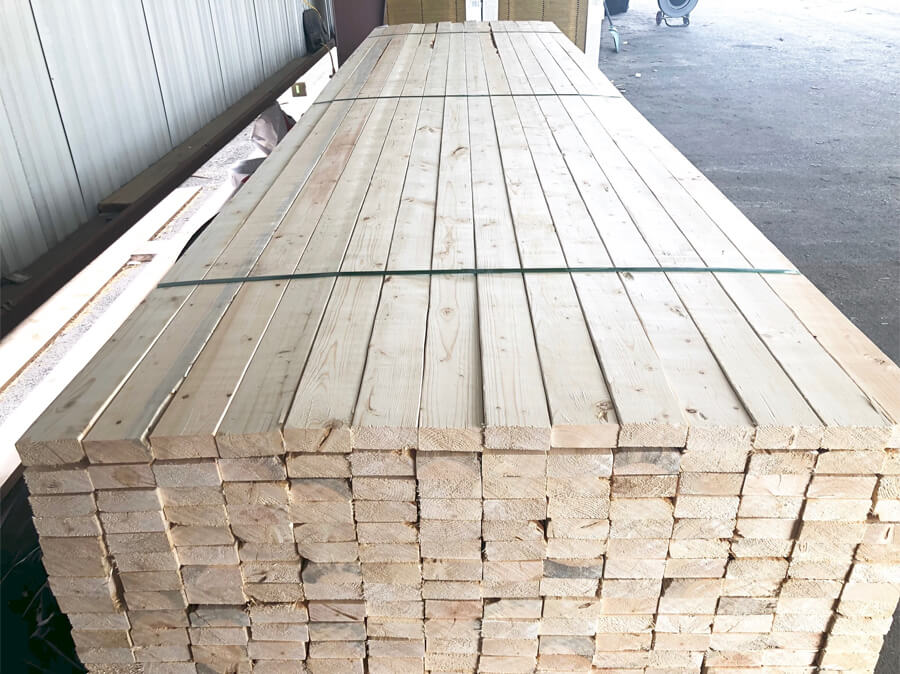
SPF means Spruce, Pine, and Fur. These woods are commonly sold altogether because of their resemblances. Thus, we have the SPF lumber.
SPF lumbers are mostly used when framing the interior walls. These woods can also be used during construction, however, they are normally hidden – either inside a plank of wood or below the wall. SPF lumbers are typically weak, thus cannot endure outdoor atmosphere, except if they are particularly devised for that use.
This wood is very delicate to changes in moisture and temperature. Hence, you must only purchase it when you have a plan to immediately use it. By doing so, you can prevent shrinking, warping, or swelling.
6. Aspen
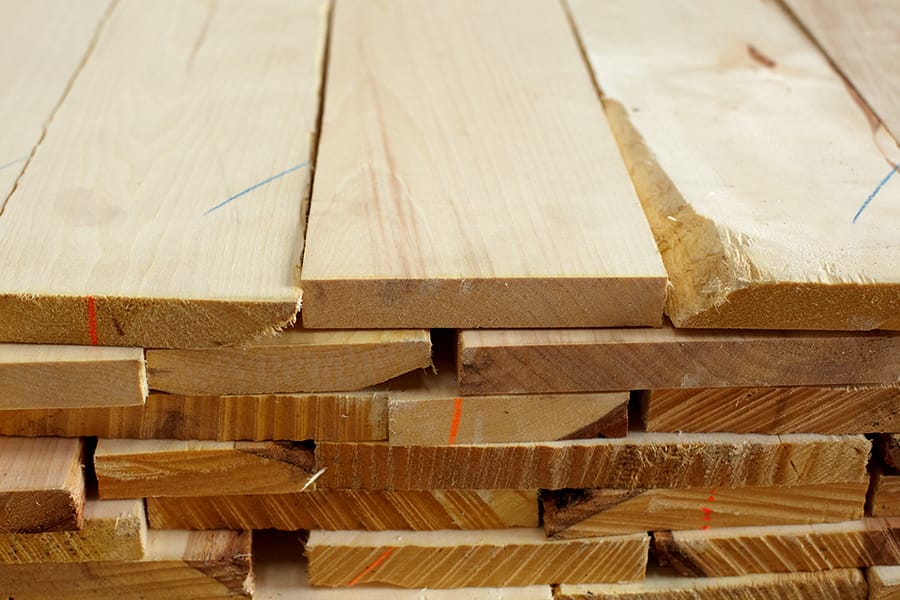
This type of wood is notable for its light shade. It makes them the best choice of wood if you are looking for something that can be painted easier or one that covers stains. However, you should know that these woods are quite expensive since they are not abundant. This wood is a poor heat conductor and extremely defiant to moisture.
These characteristics of the aspen woods make them the best wood material for sauna construction. They are also used in the production of matchsticks. Furthermore, they can be used to create chopsticks and other kitchen utensils since they are tasteless and odorless.
Conclusion
You now know the different types of wood. All woods that are featured above have unique purposes. It is also clear that they come with different strengths and weaknesses. Considering the traits and limitations of the woods above, you can now decide what kind of wood to choose for a particular project.
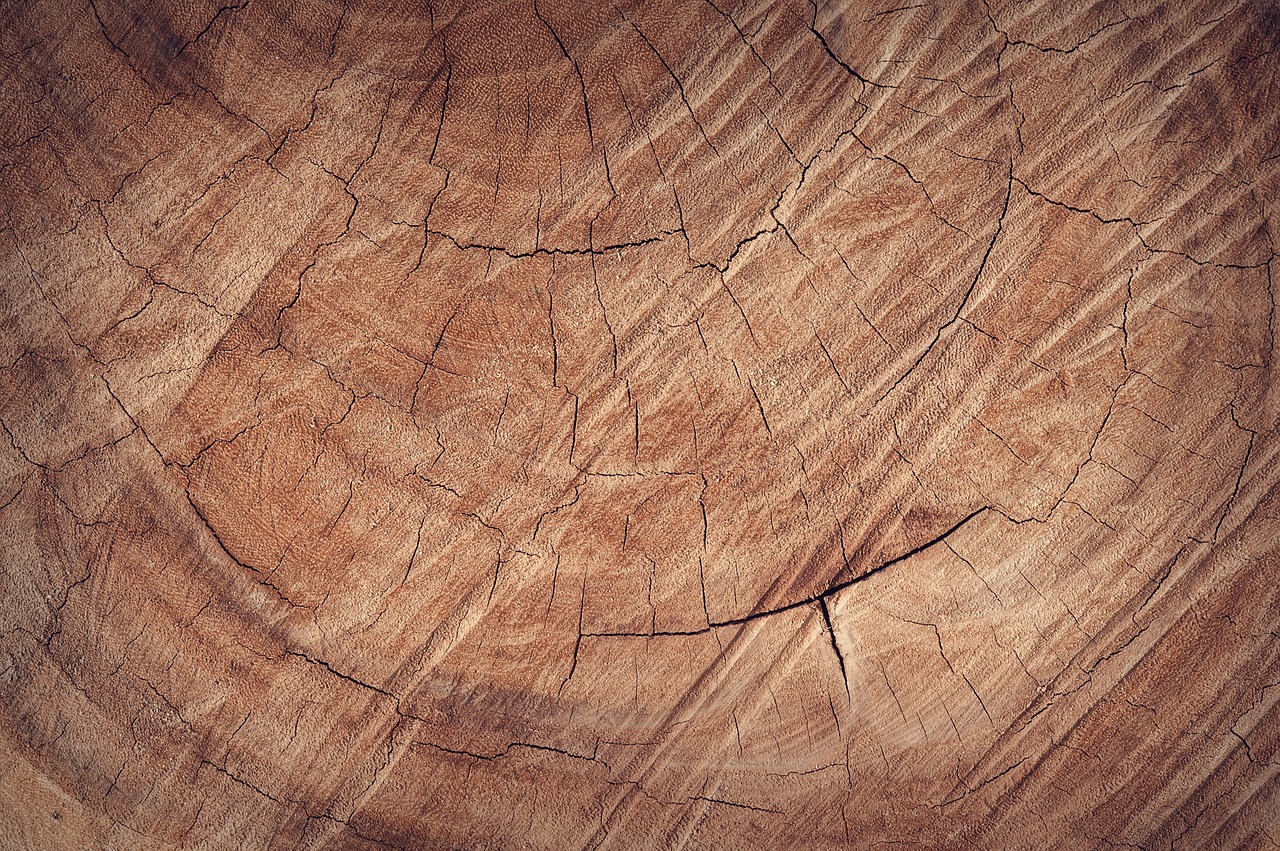
Leave a Reply